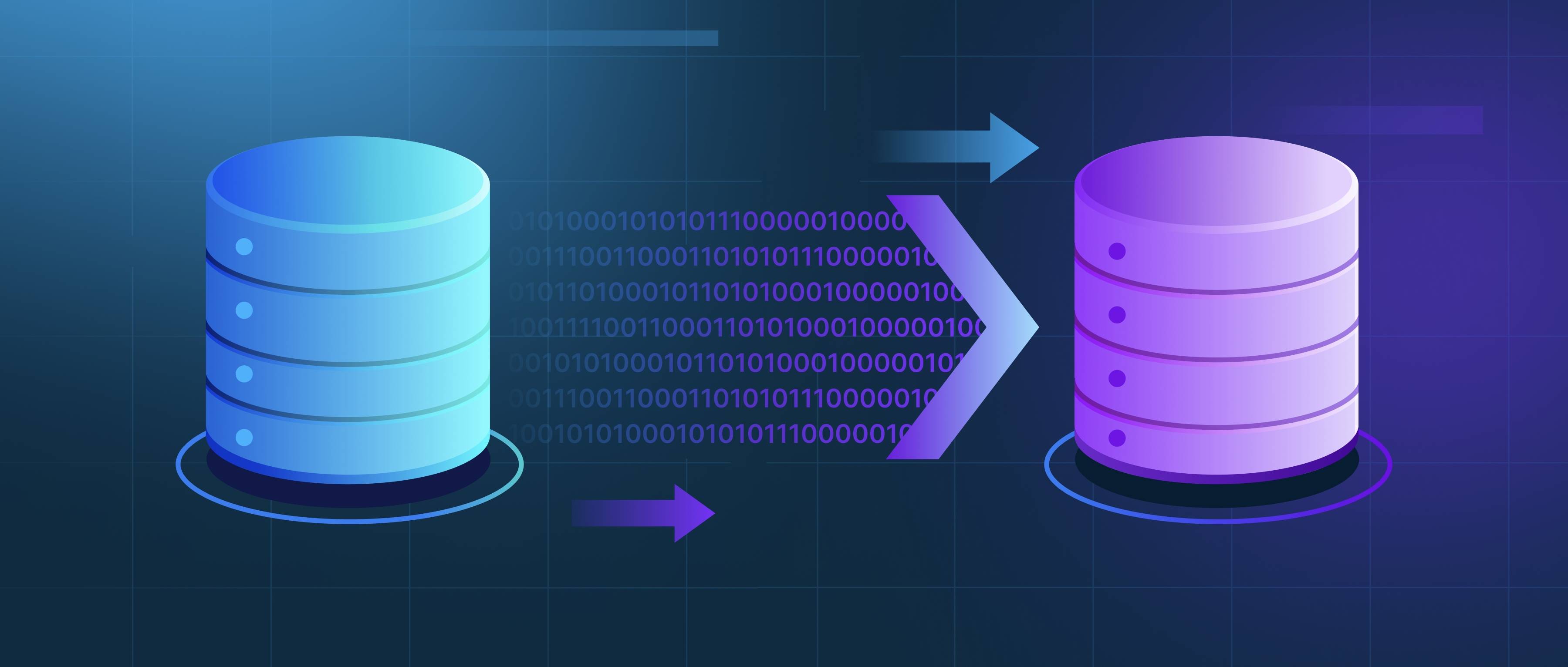Text preprocessing is the foundational step in NLP that transforms raw text into a clean, structured format suitable for machine learning models. It typically starts with basic cleaning, such as removing special characters, punctuation, and extra whitespace. Next, tokenization breaks the text into smaller units, such as words or subwords, to prepare for analysis. For example, the sentence "Cats love sleeping!" could be tokenized into ["Cats", "love", "sleeping", "!"].
After tokenization, additional steps include converting text to lowercase for uniformity, removing stop words to reduce noise, and stemming or lemmatization to normalize words to their base forms (e.g., "running" → "run"). Depending on the application, preprocessing may also involve handling numbers, abbreviations, or contractions, such as converting "won’t" to "will not." In multilingual or specialized tasks, text normalization adjusts text for consistency, such as unifying spellings across dialects or handling non-standard characters.
Advanced preprocessing techniques, such as subword tokenization (e.g., Byte Pair Encoding), are common in modern NLP models like BERT and GPT. Tools like NLTK, spaCy, and Hugging Face Transformers automate many preprocessing steps, ensuring efficiency and reproducibility. Effective preprocessing enhances model accuracy by ensuring cleaner and more relevant inputs.
